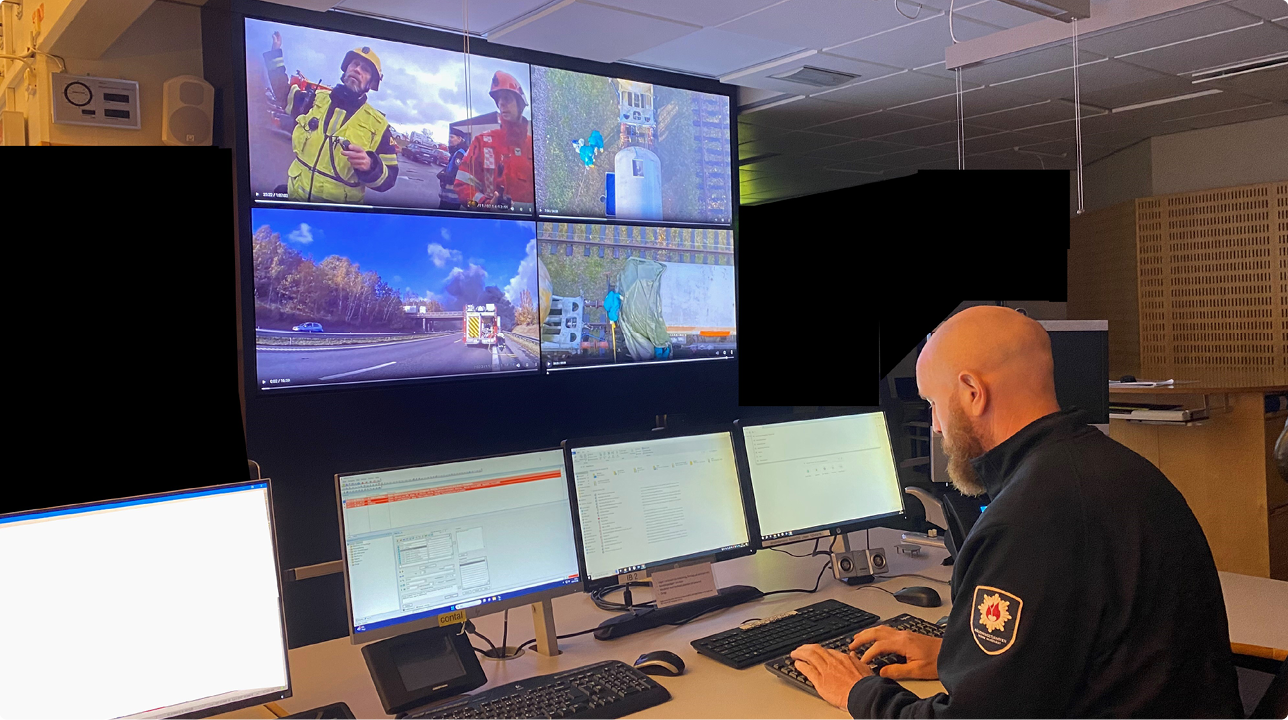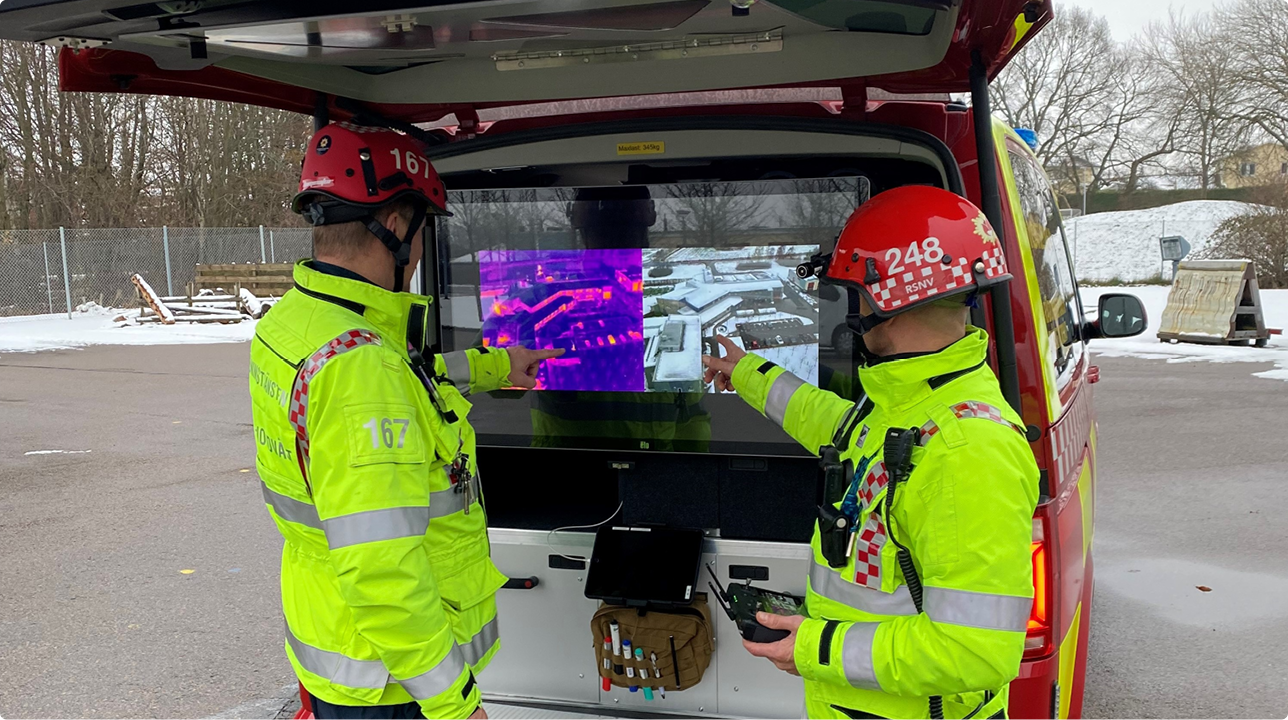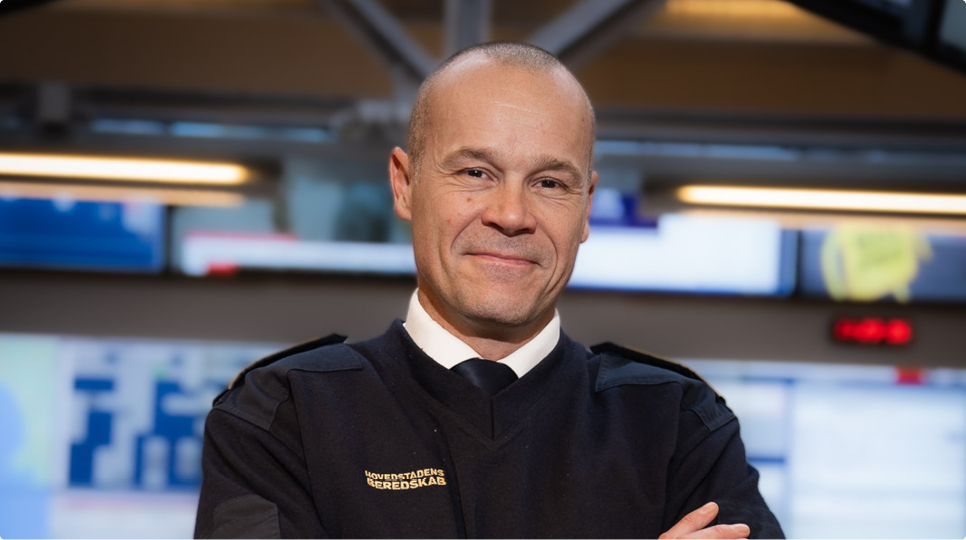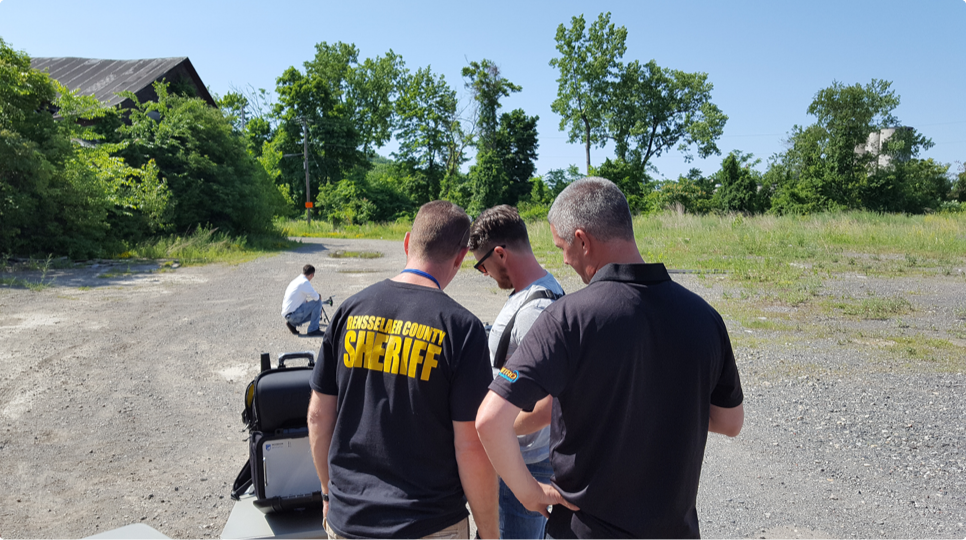Live video boosts emergency preparedness at Swedish fire and rescue service
Live video has emerged as a crucial asset for emergency services in the Swedish Skåne Nordvest. Its integration has streamlined the operations of their rescue teams, providing real-time monitoring and coordination of events and substantially enhancing response times in critical incidents.

The emergency services at Räddningstjänsten Skåne Nordvest have been at the forefront of live streaming, incorporating live video into their operations since 2010. The utilisation of live video has become second nature in their daily activities, encompassing drones, bodycams, and vehicle cameras. Mattias Johansson, tasked with coordinating and overseeing emergency services, has been actively involved with IncidentShare for the past three years.
“Räddningstjänsten Syd introduced us to the company and suggested utilising SMS to Video. Upon witnessing a demonstration of the solution, we were convinced that it would greatly improve and reinforce our utilisation of video in the future,” says Mattias Johansson.
Räddningstjänsten Skåne Nordvest, situated in Helsingborg, comprises 275 personnel distributed among four full-time stations, five part-time stations, and RSNV-räddningsvärn. Their service area includes Helsingborg, Ängelholm, Örkelljunga, and Bjuv, serving around 220,000 residents.
Real-time Decision Support
Live video enables the personnel to make decisions based on real-time data, which is especially crucial in complex situations where every second counts. For those at the central command, it enhances situational understanding.
 “For instance, during incidents in large buildings where obtaining an overview of the area is challenging, we employ drones or use fixed cameras on vehicles. This approach offers a superior overview and is less resource-intensive compared to dispatching personnel for reconnaissance,” says Mattias Johansson.
“For instance, during incidents in large buildings where obtaining an overview of the area is challenging, we employ drones or use fixed cameras on vehicles. This approach offers a superior overview and is less resource-intensive compared to dispatching personnel for reconnaissance,” says Mattias Johansson.
Räddningstjänsten Skåne Nordvest has integrated the use of bodycams to improve safety, documentation, and operational efficiency. Bodycams are frequently utilised by incident commanders, streaming continuous footage and capturing all events at the scene. Outfitting incident commanders with bodycams grants the emergency services immediate access to visual documentation of the incident.
This approach provides valuable real-time insights and, when combined with the use of drones and vehicle cameras, fosters shared situational awareness for the incident leader and ensures an optimal response.

More efficient use of resources
Live video enables the personnel or operating units to swiftly comprehend the scale of an incident, facilitating a quicker and more accurate assessment of the situation. By fostering a shared understanding of the scenario, the central command can efficiently deploy the appropriate resources to the incident site.
“Sharing live video fosters more efficient collaboration among different teams and emergency services. Moreover, it provides on-call personnel with visibility into ongoing events, allowing them to evaluate whether their involvement is necessary. This enhances communication and promotes better coordination during critical operations,” says Mattias Johansson.
Connected to SOS Alarm
SOS Alarm operates as a centralised emergency call centre responsible for managing emergency calls and alarms for multiple emergency services, such as ambulance services and fire departments. Presently, the emergency services receive their assignments through SOS Alarm and do not directly communicate with the callers. They listen in and frequently need to call back later to establish a connection for initiating live streaming.
“We have wished for a collaboration between SOS Alarm and IncidentShare for quite some time. Having images earlier in the incident would simplify matters," says Mattias Johansson.
Read more here: https://rsnv.se/om-oss/


